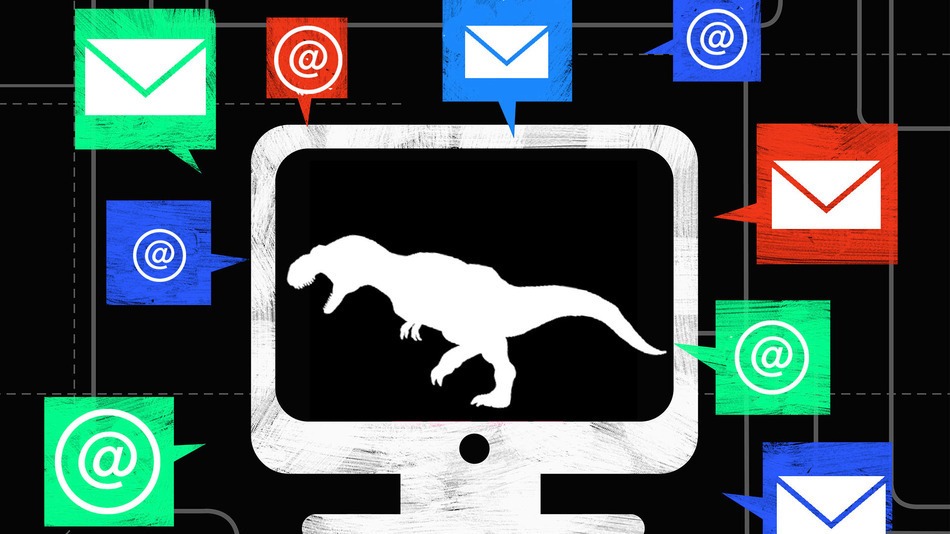5 Ways to Bring Your Email Marketing Strategy Out of The Jurassic Period
This article is part of SWOT Team, a series on Mashable that features insights from leaders in marketing, brand-building and public relations.
“That thing out there … that is no dinosaur,” exclaims Chris Pratt’s character, Owen, in the movie Jurassic World. Can the same be said about your email marketing strategy?
If your methods are outdated, you’re probably not seeing value from your email campaigns. A few quick fixes, however, can bring your strategy out of the Jurassic Period and into the 21st century. Here are five to get you started (warning: more dinosaur jokes ahead):
1. Go mobile already

Many users instantly delete emails that aren’t optimized for their screens. Going mobile for today’s email marketers is not just about being mobile-friendly; it’s also about giving messages a fully responsive design — one that automatically adapts to display content based on the viewer’s screen size. While you’re at it, optimize your website to be responsive as well. Google will love you for it.
2. Don’t be anti-social
The stats don’t lie; brands need a presence on social media. We live in a world where customers have something to say and want to be able to interact with your brand, at any hour.
Email marketing and social media can and should work hand-in-hand to give each other a boost.
Clearly display icons that link to your social media profiles in order to show off your brand’s personality and customer service skills. This also enables you to convert readers into action-takers by instructing them to share your emails on social media — a great tactic to boost your campaign’s click-through rate.
Go one step further by including a hashtag within your message to encourage conversation; you might even include different hashtags for different topics in the email. Tracking these hashtags and other social interactions allows you to identify what your brand advocates look like and how relevant your content is, data you can use to optimize future campaigns.
3. Give them a reason to click

Today’s successful email campaigns are all about engaging and rewarding your audience. Every message must include a call to action. This could be as simple as enticing readers to click through to read more on your blog, encouraging them to enter a competition or offering them a discount through a downloadable coupon. If you can get your call-to-action across quickly and clearly, you’ll be more likely to get a response (and clicks leading to conversions) from your audience.
4. Get your data up to date
The Direct Marketing Association’s 2015 Statistical Factbook shows that 32% of organizations believe their consumer data is inaccurate or outdated. If you consistently send email campaigns to outdated, purchased or otherwise unengaged lists, then you are sure to find yourself and your campaign extinct. Be sure to keep your subscriber list current, segmented and engaged.
5. Know your audience
Above all, the most important thing you can do in email marketing is to never mix up a Tyrannosaurus with a Diplodocus. That is, failing to organize your database according to your customers’ needs, wants and likes means your targeting will be off, and your campaigns will be trapped in the inboxes of the wrong readers.
A short, scientific look at your email analytics will help you understand how to target your content based on demographics and psychographic information. It’s also important to remember that your customers are human, and prefer to be spoken to as such. Email marketing campaigns now can go well beyond greeting a reader with just a personalized name. Understanding your analytics allows you to target customers with content they’ll find interesting.
Don’t let the movie comeback fool you — there’s no place for dinosaurs in today’s world. Dust the cobwebs off your email marketing strategy and you just might see the same success at the box office, without the prehistoric monsters to scare your customers off.
Source: mashable.com




